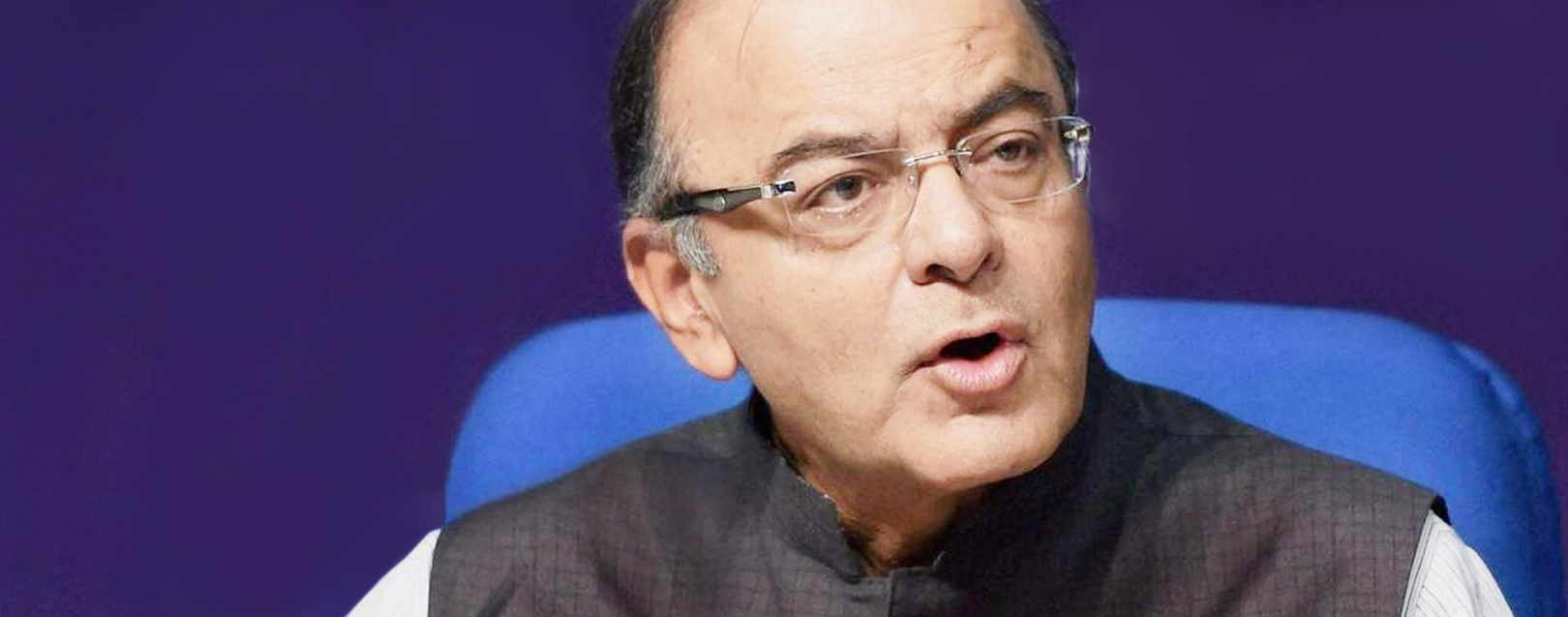
Manish K. Pandey | Editor, January 2018 Issue | The Dollar Business
Come February 01, 2018 and all eyes would be on Finance Minister Arun Jaitley. After all, he would be presenting the current government’s first Budget post GST and probably the last before the next Lok Sabha elections. And also because this Budget would decide the fate of the various flagship programmes of Prime Minister Narendra Modi’s government – not to say, the most important of them all, the Make in India programme.
When announced in 2014, just after the Modi-led government took over the reins of power at the Centre, Make in India seemed a timely response to a challenging situation that posed a grave danger to India’s manufacturing community. While the overall Index of Industrial Production (IIP) was pointing towards a weaker-than-ever economy (overall IIP growth was down from 8.2% in FY2011 to 1.1% and -0.9% in FY2013 and FY2014, respectively), manufacturing sector growth had slowed down to 1.3% in FY2014 from 8.9% in FY2011. With Make in India, the objective was to arrest the fall by boosting entrepreneurship (in both the manufacturing and service sectors) in India. And how? By focusing on “New Processes”, “New Infrastructure”, “New Sectors” and “New Mindset” – the four basic pillars on which the programme was based. And it did, to an extent. But has the initiative really been able to deliver what it promised is a question worth pondering.
If the recently released Economic Survey 2018 is anything to go by, then perhaps we have an answer. We know that boosting manufacturing and enhancing the sector’s international competitiveness have been the twin goals of the Make in India programme. While the share of manufacturing in GDP has improved slightly over the last few years (Chart 1), the international competitiveness of manufacturing has not made great strides and is clearly reflected in the declining manufacturing export-GDP ratio and manufacturing trade balance (Chart 2).
Even when it comes to the share of manufacturing value added (MVA) in gross domestic product (GDP), India stands nowhere close to its Asian peers. While countries like China and Thailand can boast of over 27% MVA share in GDP, India’s share of MVA in GDP is just 18.10%. Interestingly, the industries that dominate the manufacturing sector in China are the same as those in the developed nations, reflecting the dragon’s ability to displace local producers in those markets. However, that’s not the case with India, which still focuses on just a few sectors when it comes to value-addition.
Interestingly, foreign direct investment (FDI) trends too give an indication that the Make in India bandwagon hasn’t jumped the track. According to ‘World Investment Report 2017’ by the United Nations Conference on Trade and Development, India received $44 billion as FDI in CY2016, reporting a 29.41% rise from CY2014. Of course, India has a long way to go before it catches up with China that attracted $134 billion as FDI in CY2016.
On a positive side though, according to the Economic Survey 2018, “high frequency indicators do suggest that a robust recovery is taking hold as reflected in a variety of indicators, including overall GVA, manufacturing GVA, the IIP, gross capital formation and exports.” Agreed. But not totally! While the indicators seem to be moving in the right direction, India’s manufacturing sector continues to operate below potential. And we have already discussed the numbers. Will the Budget 2018 provide the sector the much-needed push? Well, you will have the answer soon!
Get the latest resources, news and more...
By clicking "sign up" you agree to receive emails from The Dollar Business and accept our web terms of use and privacy and cookie policy.
Copyright @2024 The Dollar Business. All rights reserved.
Your Cookie Controls: This site uses cookies to improve user experience, and may offer tailored advertising and enable social media sharing. Wherever needed by applicable law, we will obtain your consent before we place any cookies on your device that are not strictly necessary for the functioning of our website. By clicking "Accept All Cookies", you agree to our use of cookies and acknowledge that you have read this website's updated Terms & Conditions, Disclaimer, Privacy and other policies, and agree to all of them.

